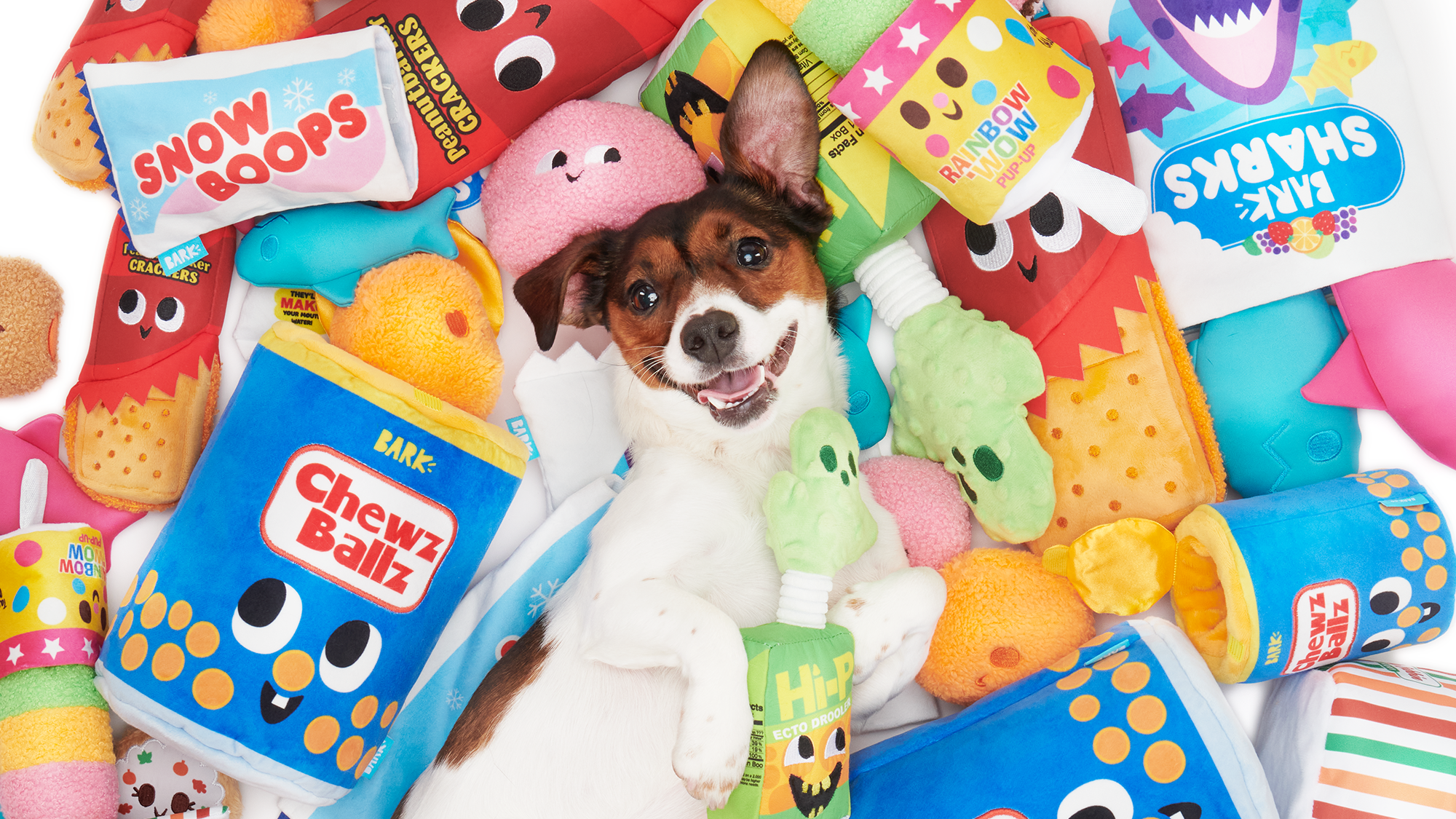‘C.A.T.S.C.A.N’ launched to help cat owners detect joint issues in world first
Help your cat stay healthy for longer!

Every cat parent wants the best for their feline friends, and the way animal healthcare is evolving is allowing us to take even better care of them.
From everyday decisions like buying the best cat food for senior cats to deciding on more complex treatments and surgeries, we always have their best interests at heart.
However, even the most experienced cat parent may not know that joint issues are surprisingly common in cats, with up to 40% experiencing joint stiffness and a huge 90% of cats over the age of 12 developing joint changes, such as arthritis. We often don’t realize that anything’s wrong, either, because cats conceal discomfort so well.
That’s why YuMove, the UK’s number one vet-recommended joint supplement brand has launched C.A.T.S.C.A.N, which is a tool that will help us detect the hidden signs of joint stiffness in our cats without even leaving the house in a global first.
Created in conjunction with veterinarian and TikTok ‘petspert’ Cat the Vet, it works as a virtual CT scan – simply look at your cat and work your way through the checklist.
"A cat with occasional joint stiffness isn’t living their best life – these are creatures built to climb, chase, catch, and move with grace,” says Fiona Hope, YuMove CEO. “The signs can be hard to spot, but with the C.A.T.S.C.A.N, we’re giving owners the confidence to recognize them early and get their cats the help they need."
Here’s how to do the C.A.T.S.C.A.N at home
- C – Coat and claws: Cats with joint stiffness can find grooming themselves more difficult, so look for greasy or matted fur, particularly around the hips, as well as overgrown or brittle claws – they may scratch less.
- A – Activity changes: If your cat seems less mobile or has changed their routines, perhaps not following you upstairs, it might be because of their joints rather than simply older age.
- T – Tummies: As cats age, they often move less and then gain weight – potentially making them overweight. This can put more pressure on their joints, catching them in a vicious cycle.
- S – Sleeping more: If your cat sleeps more and tends to wake only for meals, it may be because of their joints.
- C – Climbing issues: If cats seem slower or more hesitant to jump, it might be a sign that they’re experiencing joint changes.
- A – Accidents: A cat who has started missing the litter tray or having accidents, it might mean that they need more joint support.
- N – Not themselves: Slight personality changes can indicate joint issues. So, if your cat is more anxious, clingy, or irritable, or just seems a little ‘off’, this might be why.
If, after giving your feline a C.A.T.S.C.A.N, you feel like they might have joint issues or you have any other concerns, it’s best to consult your vet. They can help you explore the next steps to keep your cat as happy and healthy as possible.
Get the best advice, tips and top tech for your beloved Pets
As Cat the Vet explains: “This tool makes it easy for anyone in the household to pick up on those subtle shifts in behavior that might otherwise be dismissed as aging or personality changes. Trust your gut – if something feels off, it might be time for a check-up."
Read next: 32 tips for taking care of senior cats

Adam is a freelance journalist specialising in pets, music and culture, and mental health and wellbeing. He investigates and writes the large majority of news on PetsRadar, and collaborates with veterinary experts to produce informative pet care content.
Adam has a journalism degree from Southampton Solent University and a masters degree in Magazine Journalism from Cardiff University. He was previously senior editor at dog advice website DogTime.com, and has also written for The Independent, GoodToKnow and Healthline.
He owns two rescue cats, Bunny and Dougie, and has also previously had a rabbit, fish and Roborovski dwarf hamsters.
